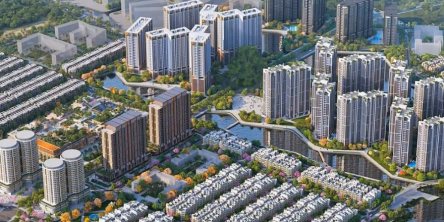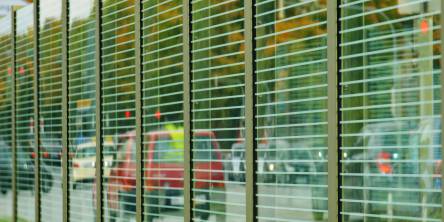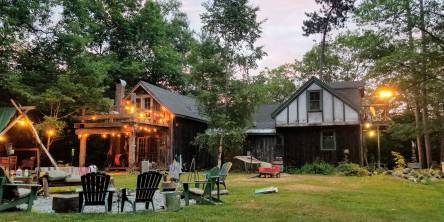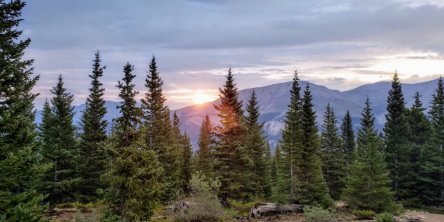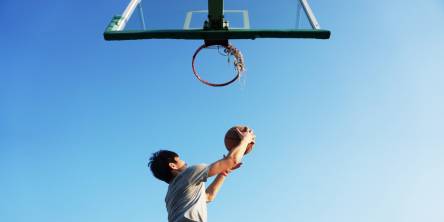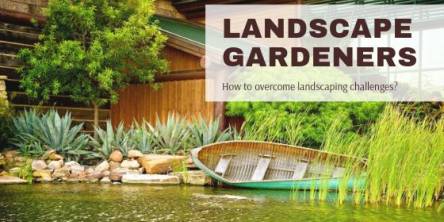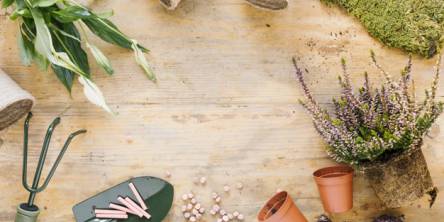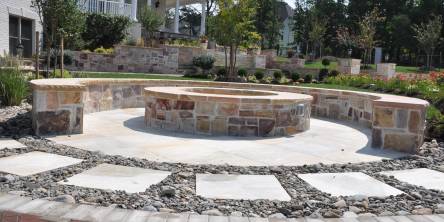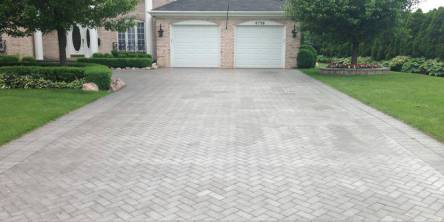How To Lay Down Artificial Grass
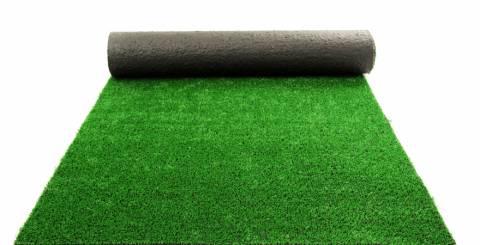
Over the past few decades, artificial grass has become just as popular as natural grass, not only in the sports field, but also the home market. Perhaps best known for lining football pitches the world over, including some for major sports clubs, this material also enjoys considerable popularity amongst home-owners, for its combination of visual appeal and negligible maintenance. It is for this reason that DIY retailers make turf available in their home and garden department.
DIY enthusiasts should not, however, be fooled into thinking laying down turf is easy. In fact, while not impossibly difficult, the process is morose, and best left to a specialist company. Those who do wish to try their hand at laying their own artificial grass, however, might find the guide provided in the paragraphs below to be a particularly useful source.
Getting Started
Before laying down turf, home-owners should take some basic measurements of the area they want to cover. Once these figures have been ascertained, a layer of builders’ sand should be spread out across the area to be covered, to a depth of 35mm. This will serve as a base over which to lay the artificial grass. It is important that the sand be evenly spread and compacted, to ensure the turf is smooth and even when laid down, rather than lumpy and rough. Small mounds or slopes are acceptable, but these should stem from personal preference, rather than shoddy handiwork.
Once this bed has been created, a membrane layer of weeds should be created. This membrane should overlap the turf’s joints by approximately 300mm.
Turf’s Up
The next step is to actually lay down the turf. Artificial grass has a slight slant, and this should be pointed towards the reference point or building when laying down the turf carpet. This is to ensure the expanse looks smooth and even when viewed from the reference point. When laying out the turf, it is important to ensure the ends of each roll of grass are staggered, so that they do not end in a line. The edges of each roll should then be trimmed with a craft knife prior to the rolls being joined together. When joining, it is important to ensure every roll and blade is pointed in the same direction, to achieve a smooth and even look.
Once the rolls are laid down next to one another, the edges of the turf should be pinned down using ground pins. These should be laid out at 20cm intervals, and can be disguised by ruffling the edges of the grass around them so that they are covered by it. This same trick should also be employed to disguise the sealing line between each roll of artificial grass and the next.
Final Steps
Once the turf has been laid down, joined, and all the seams and accessories have been masked, the only thing left to do is to go over the entire surface with a stiff brush, so as to give it a fuller, believably natural look. Once this is achieved, the artificial grass is ready to be sat on, played on, or simply enjoyed from a nearby window!
By employing the method detailed above, home-owners or sports clubs investing in artificial grass are guaranteed a smooth, even surface which requires very little maintenance when compared to real grass, and is at once durable and weather-resistant. It bears repeating, however, that to ensure the artificial lawn is properly installed, it is best to resort to a professional. Plenty of companies specialise in laying down artificial grass, and home or sports club owners wishing to prevent inexperience-based mishaps are advised to resort to them, rather than attempt to lay down the grass themselves.
Similar Articles
In recent years, there has been a movement among architects to create more sustainable and livable cities. This has led to a new approach to global city planning that focuses on creating spaces that are pedestrian-friendly, environmentally friendly, and that encourage social interaction.
Fencing has always been a popular idea for building construction. It offers security to the enclosed premise and beauty to the overall structure. Be it the house, the farm, or an orchard; fencing is considered to be an integral part of the construction.
Taking care of your property is a normal aspect of maintaining your home. Of course, plenty of people fall short when it comes to properly taking care of their lawns. While it is likely that you spend more time inside your home than hanging around the yard, this is the part of your property that visitors and passersby are going to notice first.
Pine trees, found commonly in the Northern Hemisphere belong to the genus Pinus in the family Pinaceae. In favorable conditions, they can grow from anywhere between a few feet to a few hundred feet tall. They have a long lifespan that ranges from anywhere between one hundred years to thousands of years old.
Are you a family of sporty types? Do your kids play soccer, basketball, baseball—or all of the above? Delight your family and turn your backyard into a sports oasis.
Everybody loves to have a well-maintained landscape garden. No one can resist the relaxing and comforting effect of its beauty, right? Thanks to the creativity and great works of professional landscape gardeners.
Even though it's what's on the inside that matters the most, the outside is not to be neglected. It's true for people and it's true for a house you live in. When people decide to redecorate their home, the majority will choose to invest money in transforming the interior of the house.
Hardscaping is the term used to describe solid materials and elements implemented into traditional and modern landscapes to diversify them, makes them more practical and amp up outdoor living areas.
Brick driveways are quite common for American homes, as brick pavers are among the most affordable landscaping materials, which, in addition to that, looks really classy and provides different options

